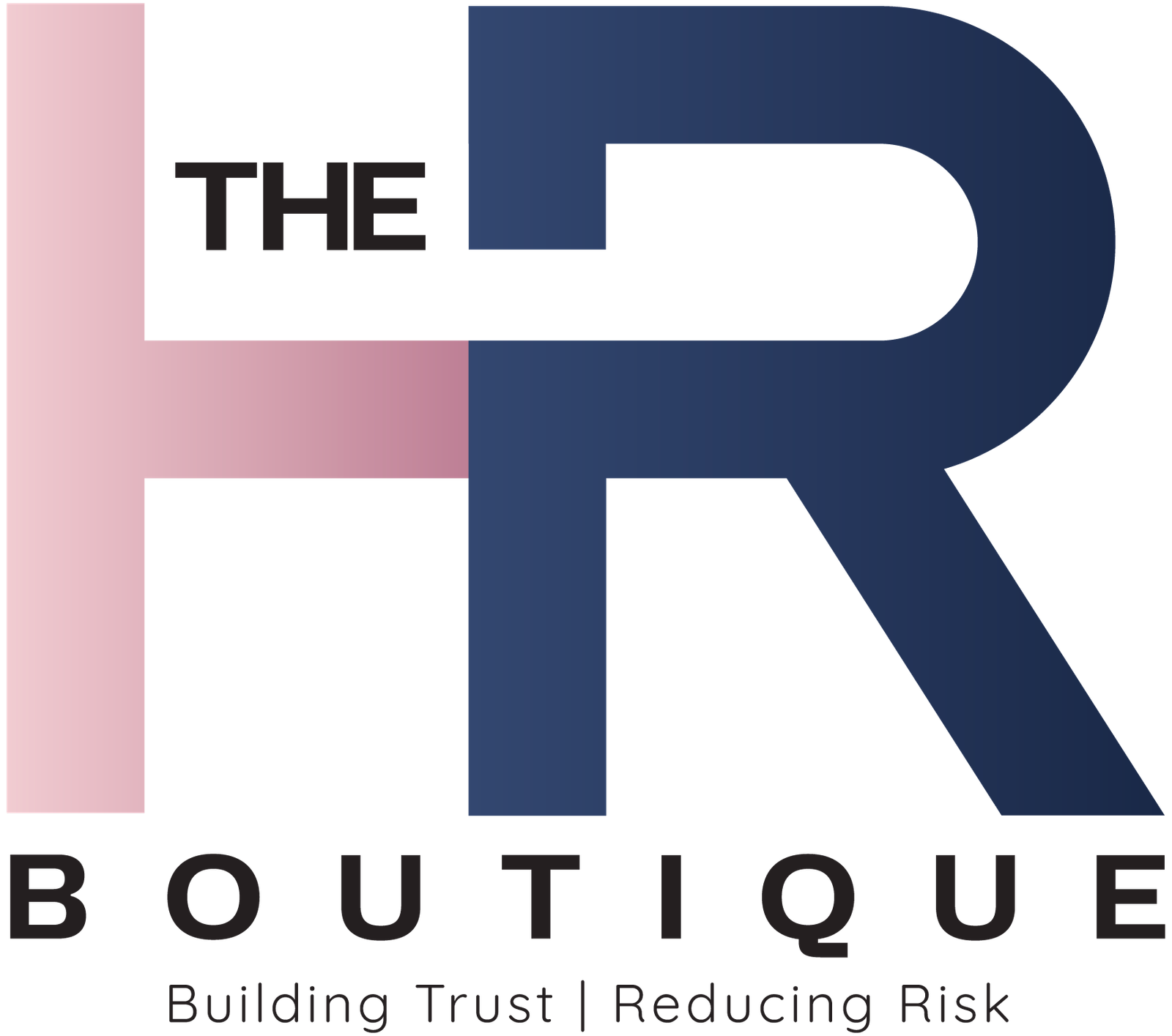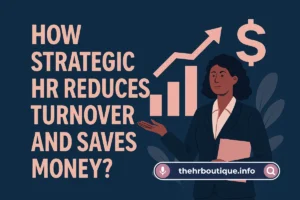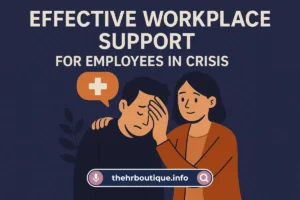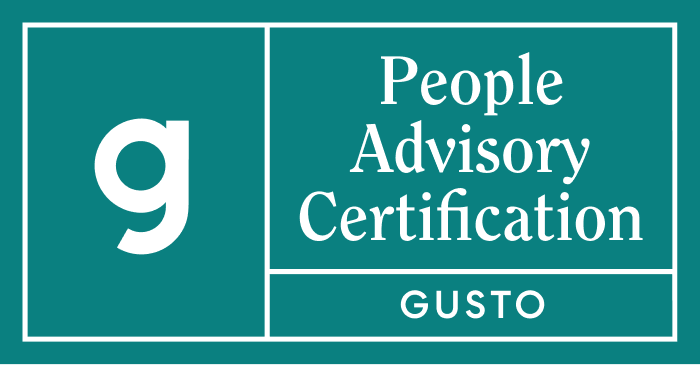Look, I get it—HR planning sounds like one of those boring, textbook topics that only matters to people who love spreadsheets and policy manuals. But here’s the thing: if you’ve ever had to:
- Scramble to replace someone who quit unexpectedly.
- Realize too late that your team doesn’t have the skills for a big project.
- Hire in a panic and end up with the wrong person.
…then you already know why HR planning isn’t just some HR checkbox—it’s the difference between running your business smoothly and constantly putting out fires.
I’ve worked with enough companies to see the good, the bad, and the “how did this even happen?” side of workforce planning. So let’s cut through the fluff and talk about how to do this in real life, not just in theory.
Why You Can’t Afford to Wing It?
Imagine this:
- Your best project manager just handed in her notice.
- You have a major client deliverable in 30 days.
- The only replacement you can find on short notice costs 20% more and needs three months to get up to speed.
Sound familiar? That’s what happens when you don’t plan.
HR planning isn’t about predicting the future perfectly—it’s about not being blindsided by stuff you could’ve seen coming.
What Happens When You Plan vs. When You Don’t
| No Plan | With a Plan |
| Hiring in crisis mode = bad fits | Hiring strategically = better long-term hires |
| Employees leave because they don’t see growth | Employees stay because they know their path |
| Last-minute training that nobody retains | Skills developed before you need them |
| Layoffs because you overhired | Right-size staffing from the start |
Bottom line? HR planning saves you money, stress, and talent.
The Real-World HR Planning Process (No MBA Required)
Forget the textbook definitions—here’s how this actually works in practice.
1. Figure Out Where the Business Is Going (Yes, Talk to Leadership)
HR can’t plan in a vacuum. If you don’t know what the company’s goals are, you’re just guessing.
Ask leadership:
- “Are we expanding? Cutting back? Launching something new?”
- “What departments will grow? Which might shrink?”
- “Any big tech changes coming?”
Example:
- CEO says: “We’re adding AI tools next year.”
- Your move: “Cool, so we need to train our IT team now—or hire someone who knows this stuff.”
2. Take a Hard Look at Your Current Team (Be Honest)
Time for a workforce audit—but keep it simple.
- Who’s a rockstar? (Keep them happy or they’ll leave.)
- Who’s underperforming? (Can they improve, or is it time to move on?)
- Who’s retiring soon? (Don’t wait until their goodbye party to replace them.)
- What skills are missing? (If everyone’s stuck in old-school methods, you’ve got a problem.)
Pro tip: Don’t just look at job titles. That “administrative assistant” might have killer Excel skills that could fill a data gap.
3. Spot the Gaps Before They Become Emergencies
Now, compare where you are to where the business is going.
Example:
- Current team: 5 marketers, all traditional media experts.
- Business goal: “We’re shifting to digital in 12 months.”
- Gap: Either train them up or hire digital marketers—now, not when the campaign’s already failing.
Worst-case scenarios to plan for:
- What if your top salesperson quits?
- What if demand doubles overnight?
- What if new laws change how you hire?
4. Close the Gaps (Without Just Hiring Like Crazy)
Most companies default to “just post a job ad,” but that’s expensive and slow. Better options:
- Train your people – Cheaper than hiring, and boosts morale.
- Promote from within – Shows employees there’s a future here.
- Restructure roles – Maybe you don’t need 5 managers; maybe you need 4 doers and 1 leader.
- Flexible staffing – Freelancers, part-timers, or contractors for short-term needs.
Biggest mistake? Assuming every problem is solved by hiring. Sometimes the fix is already on your team.
5. Actually Execute (Because Plans Are Useless in a Drawer)
This is where most HR plans die. How to avoid that:
- Recruiting? Push managers to move fast—good candidates don’t wait.
- Training? Make it mandatory, or nobody will go.
- Succession planning? Start mentoring now, not when your CFO suddenly quits.
Key: If leadership isn’t on board, this won’t work. Get buy-in early.
6. Check Progress & Adjust (Like a GPS Recalculating)
HR planning isn’t a “set it and forget it” thing.
Every few months, ask:
- “Are we still on track?”
- “Did our training actually help?”
- “Are people still quitting too fast?”
If something’s not working, change it.
Common Mistakes That Ruin HR Plans (And How to Avoid Them)
I’ve seen these kill even the best plans:
1. Ignoring Turnover
If your customer service team has a 50% turnover rate, fix that first before hiring more people to quit.
2. Copying Last Year’s Plan
Business changes. Your plan should too.
3. No Backup for Critical Roles
What if your IT lead wins the lottery tomorrow? (You need an answer.)
4. Hiring for Skills, Ignoring Culture Fit
A genius who hates your team will do more harm than good.
Final Thought: Stop Reacting, Start Planning
Companies that wing it with hiring? They’re always in crisis mode.
Companies that plan? They grow smoother, keep their best people, and sleep better at night.
Your next steps?
- This week: Audit your team’s skills.
- Next week: Talk to leadership about business goals.
- Next month: Fix one gap before it bites you.
Because in business, the best time to plan was yesterday. The second-best time? Right now.





